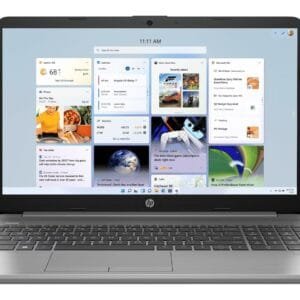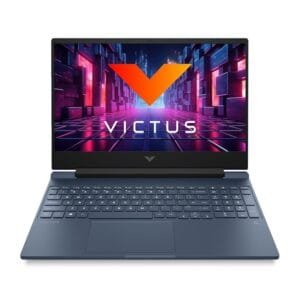This makes the Pixel 9a a near-perfect mid-tier flagship phone. However, it also comes with its set of limitations which I will address during the course of this review.
That aside, I was really impressed with the design of this phone and have been using it for the past few weeks. I loved the cameras, the software experience and even some of the AI features which are far more polished than the Apple Intelligence experience on the iPhones. Also, the battery life was really good. So, let me break these down for you and more.
Design
The Pixel 9a looks slightly different from both the Pixel 9 series as well as its predecessor the Pixel 8a. You get flat edges, a boxy design, and a mini pill shaped camera module, which is flushed into the back panel. The phone sits flat on the table because of this.
I have the Porcelain colour variant with a subtle Google branding on the back and the aluminium frames, and it looks classy. With that said, I do miss the curved panel that was there on the Pixel 8a.
There’s also a minor trade off here. You get a plastic back on the Pixel 9a. But despite that, it does look good, so that’s something that I am okay with.
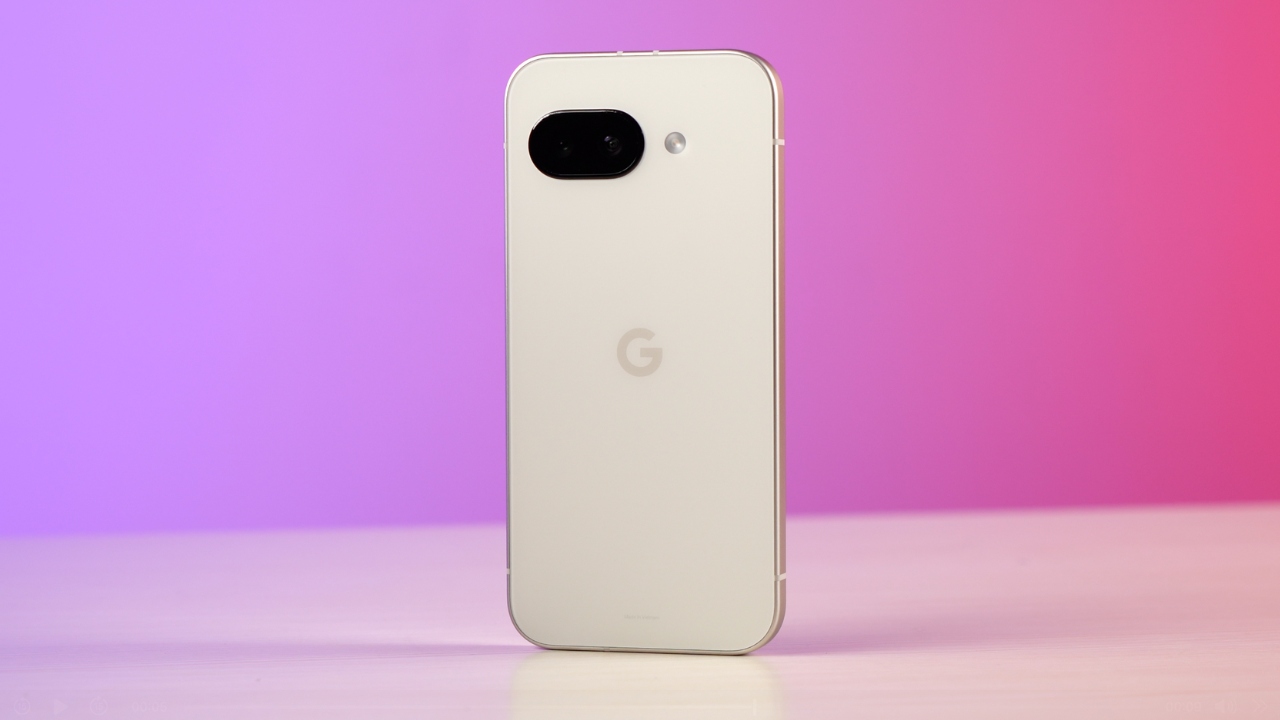
It is comfortable to work with and sits comfortably when using with a single hand, just the reason why I love compact phones. It does feel slightly heavy though at 186g, even more so since I have switched to it from the iPhone 16e (167g). Additionally, the phone comes with an IP68 rating along with Corning Gorilla Glass 3 protection on the front.
To sum it all up, it is a fresh and good looking compact phone. Fresh, only for the new camera module, otherwise the design does look very similar to another phone. If you know, you know. That reminds me, it comes in three colours – Porcelain, Iris, and Obsidian.
Display
The Pixel 9a features a 6.3-inch pOLED panel with a resolution of 1080 x 2424. The display has grown, when you compare it to the 6.1-inch display on the Pixel 8a. It offers up to 120Hz refresh rate and HDR support. It has a claimed peak brightness of 2700 nits and I have been using it as my primary device in the harsh summers that we have welcomed here in Delhi, with the sun blazing bright, and I have had no complaints.
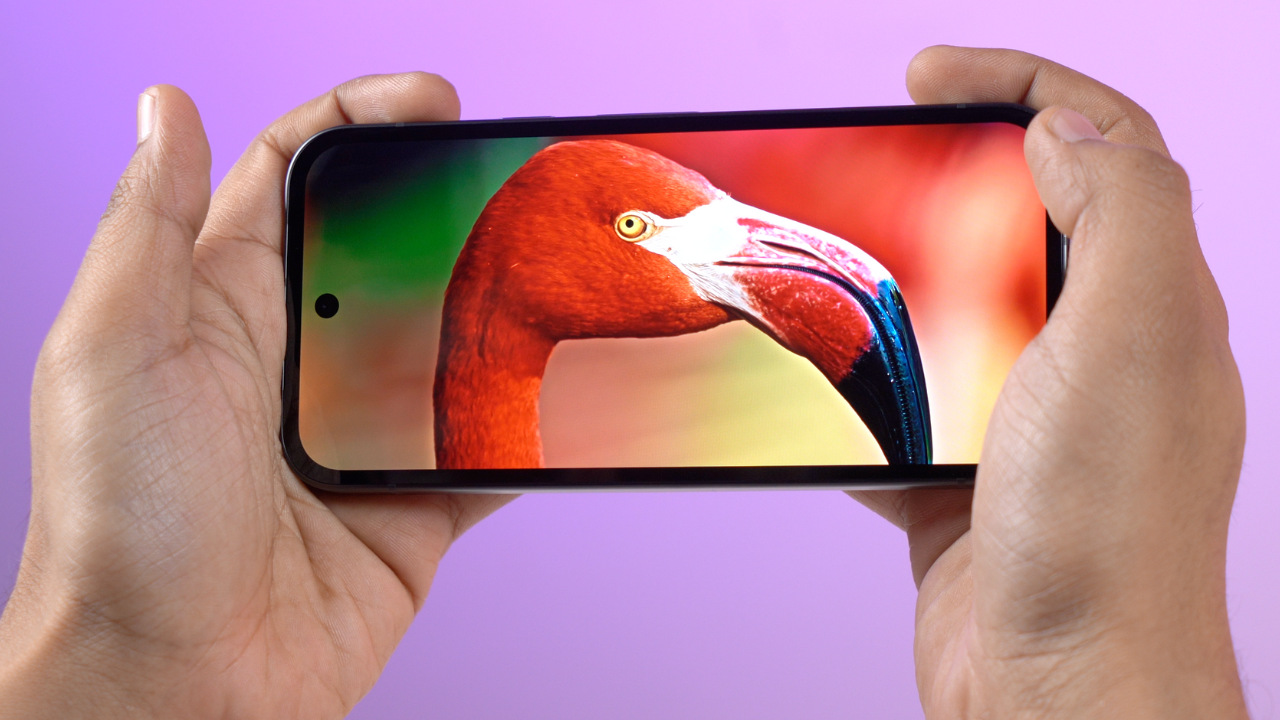
It features a punch-hole display which doesn’t take too much away from the display and gives a seamless viewing experience. But that seamless experience is affected by the annoyingly thick bezels. It looks like someone has drawn a really thick outline or frame around the display which is not pleasant.
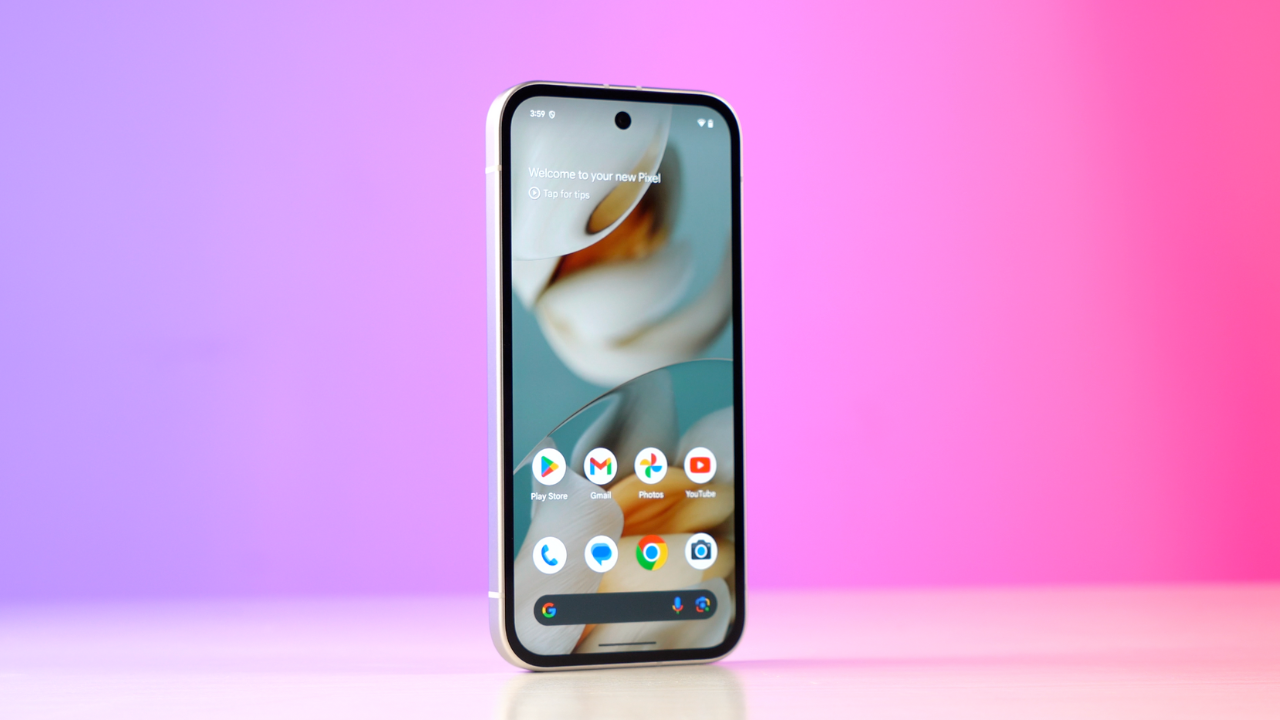
But if you can ignore that, the Pixel 9a holds a beautiful display. The colours are bright and vivid, but in a natural way and not in an unnecessarily saturated way. The details are on point, it produces sharp and crisp visuals. And the HDR management is also pretty good. Once your eyes get used to the thick bezels around, you do enjoy the beautiful display here.

Another issue that I had was that the reels won’t play on full screen on my Pixel 9a. I tried fixing that issue through Settings, but that didn’t work.
Performance
The Pixel 9a runs on the Tensor G4 chipset that also powers the flagship Pixel 9 lineup. In India, it comes in a single 8GB+256GB variant. On the AnTuTu test, it managed to score 1175941. This number is an improvement over the Pixel 8a and not so far behind the Pixel 9, but it still stays behind the iPhone 16e which scored 1729858.

On the Geekbench 6 test, the phone managed 1688 on the single core test and 4270 on the multi core test, still behind the iPhone 16e. But things work more smoothly on the Pixel 9a.

Moving on, to test its stress and thermal management capabilities, I also ran the CPU throttling test on it. As you can see from the graph, the phone throttled and it came down to 66% of its max performance. But if you compare it with the graphs of the other Pixel 9 phones, there’s an improvement here. And the phone also heated up post the stress test.
The heating issue did bother me, especially when used outdoors during this hot weather.

Apart from that, the phone runs everything smoothly, you won’t have any complaints with your daily tasks. You can also run casual to moderate games smoothly on the Pixel 9a, but after prolonged use, it will start heating up.
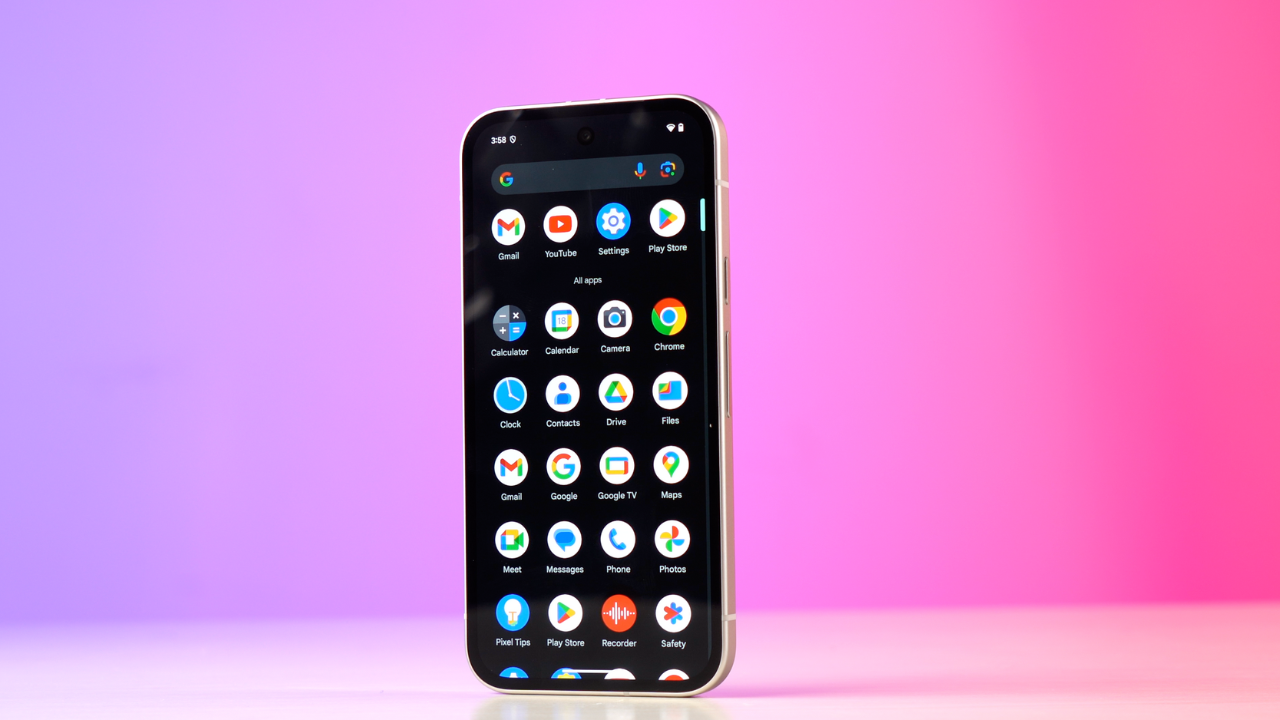
On the AI front, you get all the AI features that the flagship Pixel 9 smartphones have. They are well integrated into the UI experience. I didn’t find myself coming back to the AI features so much, but if you are someone who uses them intensively, the Pixel 9a will deliver.
Camera
The Pixel 9a has a dual camera set up with a 50-megapixel main camera and a 13-megapixel ultrawide lens. On the front it has a 13-megapixel selfie shooter as well.
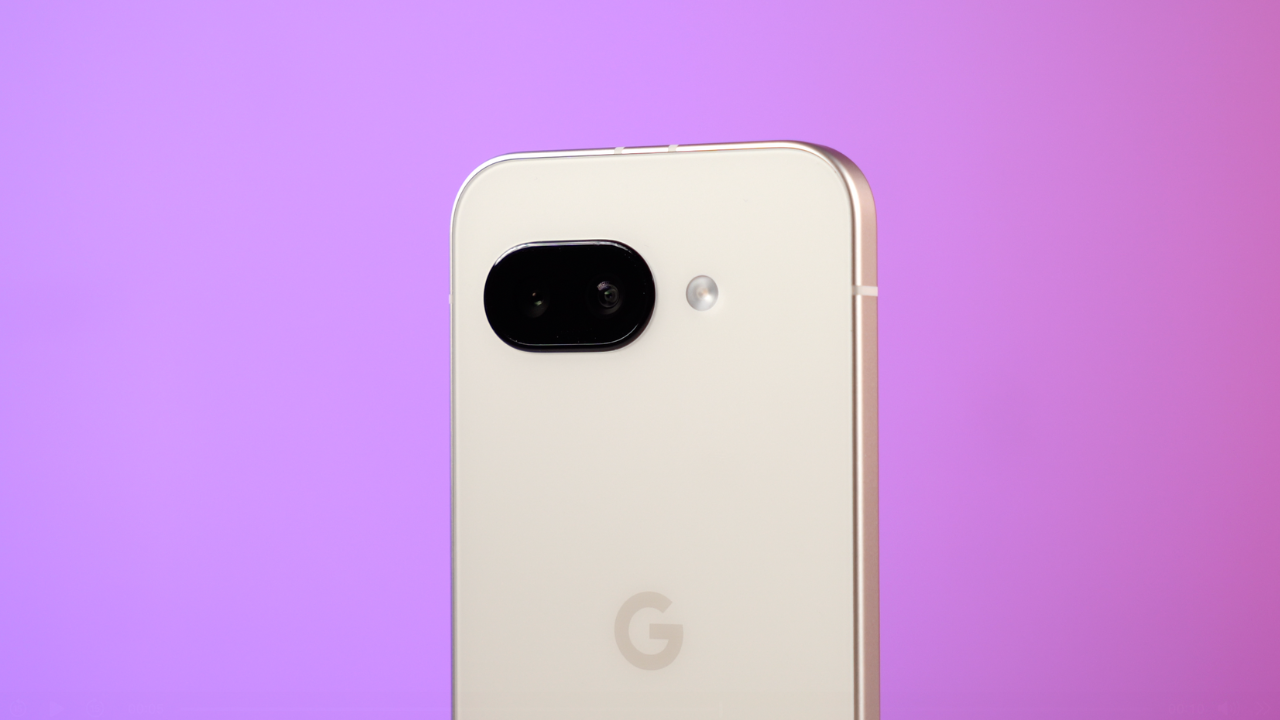
The main camera is reliable and it captures good shots in good lighting conditions which are bright. The colours are close to natural, it gets good details. Even the dynamic range and HDR management is pretty good on the phone. However, in some places, it does tend to wash off the colours. It also captures macro shots with good details.


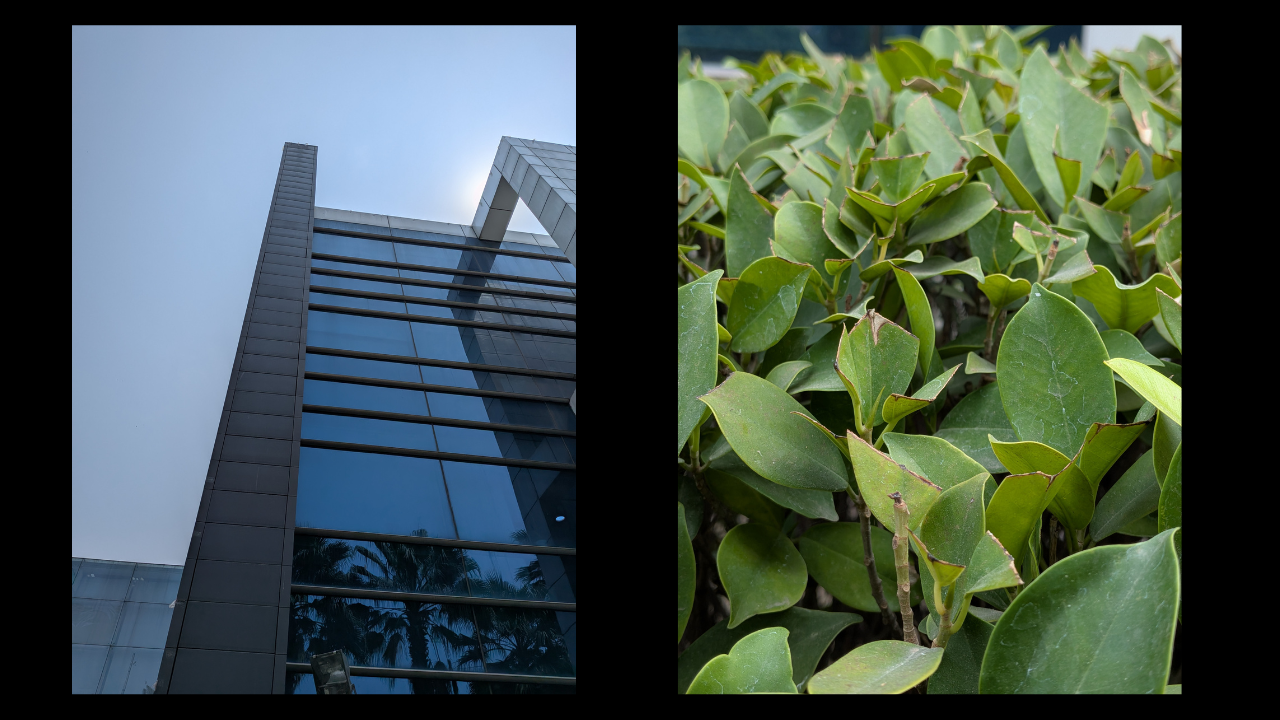

The phone doesn’t come with a dedicated telephoto lens. At 2x, it clicks good looking shots visually, retains colours, but the details could have been better. I have similar thoughts for the ultra-wide shots too.


Even in low light settings, the phone clicks good shots. They are bright, and vivid, but still try to remain close to the natural scene. You get good details and the light management is also decent. However, some pictures do have light bleeds.



I loved the portraits that the flagship Pixel 9 phones clicked, but the Pixel 9a, even though it clicks decent portraits, could not match up to that. The edge detection failed to detect many hair strands and even objects in hands. Even the bokeh could have been better. Skin tones, however, are close to natural but with a slight warm tone to it.
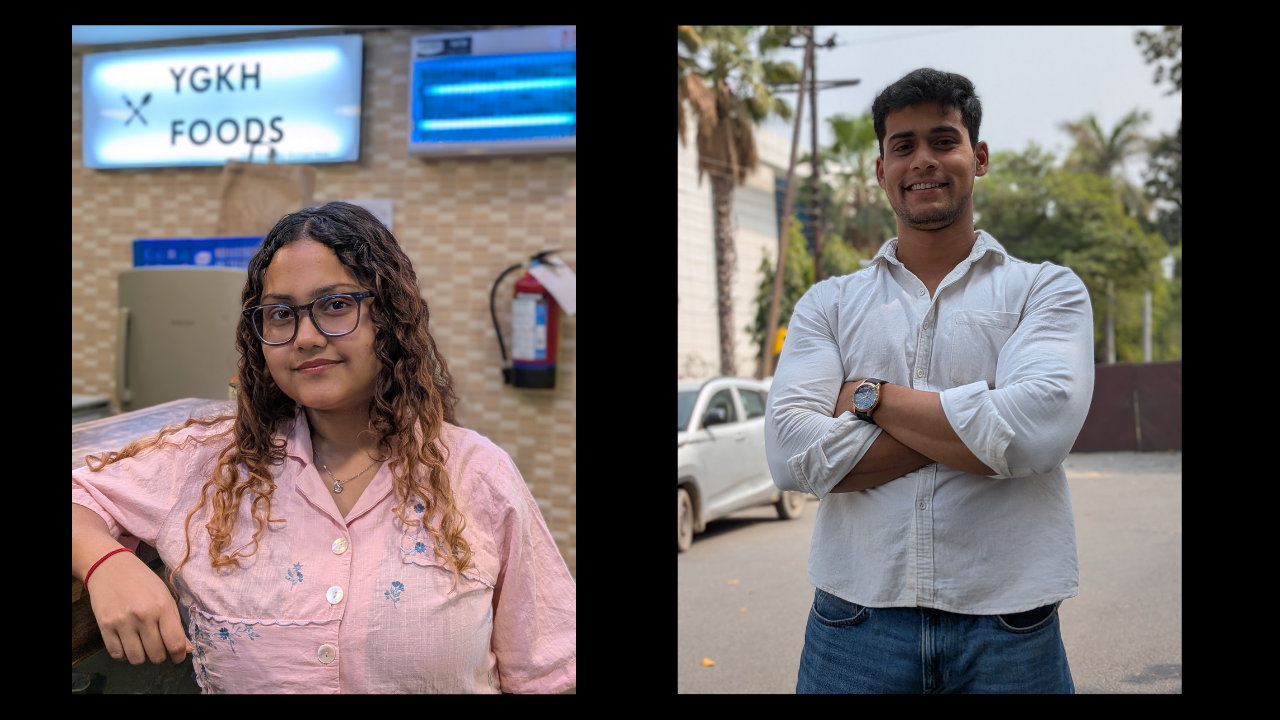


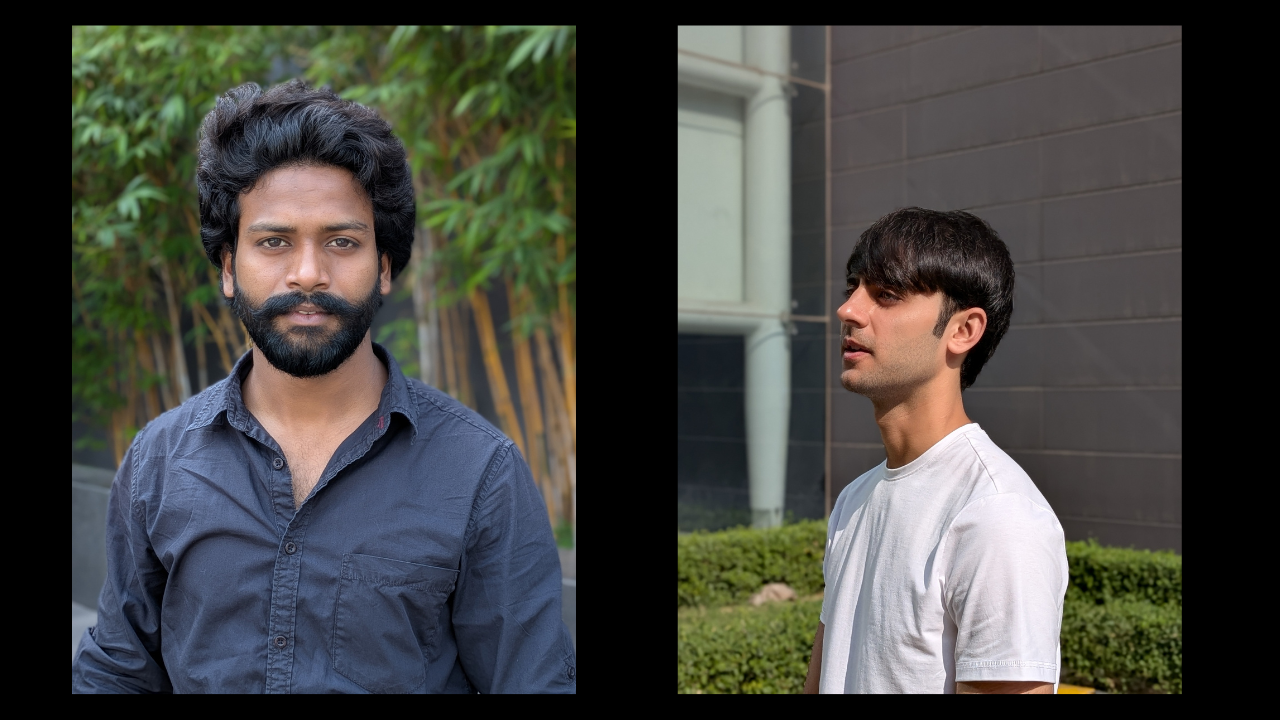
Lastly, the front camera clicks good selfies. They are bright and the skin tones are on the natural side. It also tries to maintain details and there isn’t too much smoothening.


Battery
The Pixel 9a is a compact phone, with a 5,100mAh battery, but it will give others a run for their money. One of the best things that I liked about this phone was its battery backup. For someone like me, who doesn’t keep their devices charged, this phone was just right. On a single charge, and moderate use, the phone easily lasts you for close to two days. And even if you don’t have time to fully charge it, the 30-40% battery will go a long way.
And on most days, you won’t get the time to juice it up from 0-100% because its charging speeds are really very slow. Two nights, I drained the battery, put it on charge, started my timer to see how much time it would take to fully charge, and on both days, I dozed off because the charging speeds were so slow. It takes close to two hours to properly charge to a 100%
Verdict
The Pixel 9a, priced at Rs 49,999, tries to offer a flagship-like experience in a compact, less-expensive package but it has its cons too.
It ships with Android 15 out-of-the-box, 7 years of updates, Google’s AI features, and excellent battery life. The design is fresh with flat edges and a new camera module, though the plastic back and thick bezels might not impress everyone.
The 6.3-inch pOLED display is bright and vivid, but the bezels are hard to ignore. Performance is smooth for daily use, but it heats under stress. The cameras are reliable, though portraits and zoom lack the flagship finesse. The battery easily lasts two days, but charging is painfully slow.
So if you are okay with these compromises, then the Pixel 9a is just enough for you. But if you want more, then there are other options in the market at a similar price point that you can consider for better performance, cameras, like the OnePlus 13R and Vivo V50.




